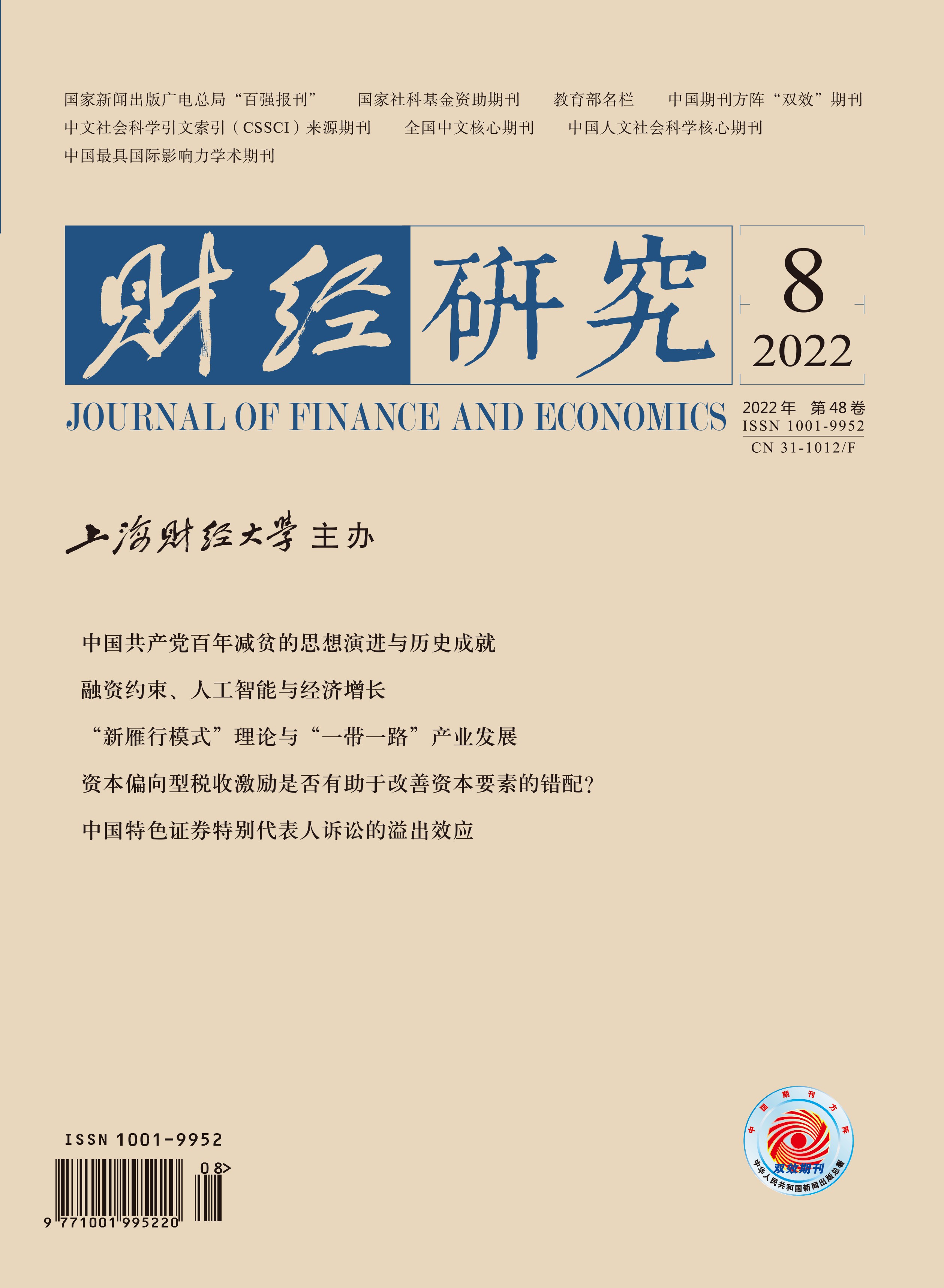At present, the structural problems faced by China’s economy, such as the misallocation of factor resources, insufficient high-quality supply and so on, are becoming increasingly prominent, making it difficult for the national economy to circulate effectively. In this context, effectively improving resource allocation efficiency is the key to promoting supply-side structural reform and high-quality economic development. The accelerated depreciation policy of fixed assets is an important part of the current structural tax reduction, which slows down the outflow of funds by delaying the occurrence of tax obligations, transfers the right to use funds and the corresponding time value to firms. Different from other comprehensive policies, the accelerated depreciation policy is a capital-biased tax reduction policy, which has multiple functions such as encouraging investment, stimulating the vitality of economic entities and improving the efficiency of resource allocation. Hence, this policy helps to reduce the cost of capital factors, incentivize firms to adjust their factor mix and allocate more high-end capital factors, which in turn acts on the allocation efficiency of capital factors.
In view of this, this paper takes the accelerated depreciation policy of fixed assets in 2014 as an exogenous policy shock and constructs a firm-level indicator of allocation efficiency of capital factors using the data of China’s A-share listed firms from 2010-2018, to systematically examine the impact of capital-biased tax incentives on the allocation efficiency of capital factors. The results show that the accelerated depreciation policy has a significant effect in promoting the allocation efficiency of capital factors. Further mechanism analysis shows that the accelerated depreciation policy mainly motivates firms to allocate more high-end capital factors, resulting in a significant decrease in the value of marginal output of capital factors and a decreasing deviation from marginal costs, which in turn leads to an increase in the allocation efficiency of capital factors. The heterogeneity analysis shows that the improvement effect of tax incentive policy is different among firms with different characteristics. Specifically, the accelerated depreciation policy has a greater promoting effect on the capital allocation efficiency of firms with higher financing constraints, private firms, firms with lower net fixed-asset ratio, large firms, firms with higher profitability, and firms with higher capital intensity.
The possible contributions of this paper are as follows: (1) It adopts a quasi-natural experiment with the accelerated depreciation policy for fixed assets, and uses the DID method to examine the impact of capital-biased tax incentive policy on the allocation efficiency of capital factors at the firm level and the corresponding transmission mechanism, which better addresses the endogeneity problem faced in the process of tax policy evaluation. (2) Different from the existing literature using the macro industry-level dispersion index to measure the overall degree of resource misallocation, it measures firm-level allocation efficiency based on the aggregate production efficiency growth model, which further refines the study of resource allocation efficiency to the micro-firm level. (3) Different from the existing literature that focuses on the investment effect, productivity effect and R&D innovation effect, it evaluates the implementation effect of tax incentive policy from the perspective of factor allocation efficiency, which provides new ideas to fully understand the economic impact of tax incentive policy.





 5628
5628  7444
7444

